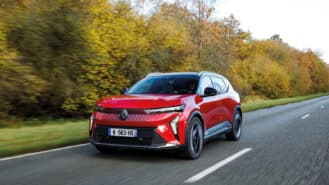
2024 Renault Scenic review: At last — a fun electric car
In this spot last month I reviewed the new electric Peugeot 3008 and now, hot on its heels, comes its deadliest rival, domestic or otherwise. As regulars will be aware,…
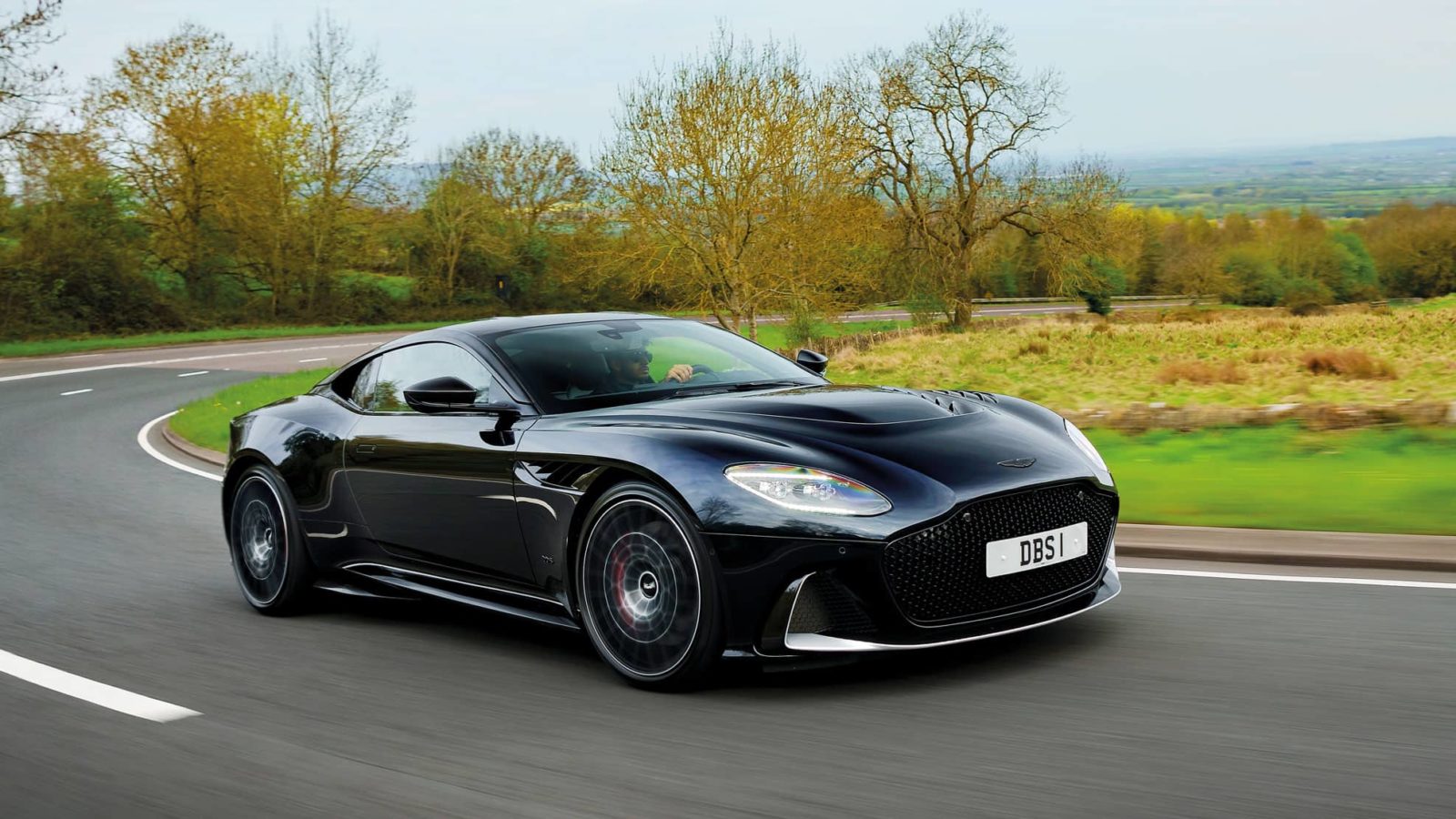
The Ultimate is definitely handsome but for once the looks of this Aston don’t flatter to deceive
Max Earey
DBS’ is one of those strange Aston Martin nameplates that seems to fall both in and out of favour. First seen in 1968, the original DBS was not what was intended, namely a car to replace the long-serving DB6. That’s because the V8 motor intended for it had endured a gestation from hell and simply wasn’t ready. So Aston used the old DB6 six-cylinder motor instead, resulting in a new flagship that was slower than the car it was intended to succeed. That finally arrived the following year, the name lasting until the car was facelifted into the Aston Martin V8 in 1973. Then nothing until 2007, when a car looking suspiciously like a hotted up DB9 wore the badge for five years, then nothing again until the current car appeared in 2018, which will itself be retired this year and the DBS name with it. Again.
But you can’t accuse this one of failing to go out with a bang. Aston Martin might call it a fitting farewell, you and I a run-out special, but there’s no denying this rather garishly entitled DBS 770 Ultimate means business. Aston Martin tends to do end of series cars rather well, well enough to make you wish they’d got around to it sooner, and this is no exception. Power for the mighty twin-turbo V12 (which I am assured will survive into whatever replaces the DBS) rises 45bhp to 759bhp (hence the ‘770’ pferdestärke or PS figure in its title), its gearbox has been reprogrammed for sharper shifting while significant modifications have been made to its body, structure, suspension and steering. Just 499 will be made, of which 300 will be coupés, with prices starting at, wait for it, £314,000. Ambitious? Apparently not: they’re all already allocated.
The big visual changes – the enlarged front air intakes and new horseshoe bonnet scoop – are there to provide the additional air needed to feed the more powerful engine. But I’m more interested in the solid-mounted steering column, 25% increase in front-end lateral stiffness, reprogrammed suspension and the fact the engine mapping has been changed to provide a different torque curve in each gear to provide the engine with a more naturally aspirated feel. Even so, I never quite saw the point of the DBS, unless you were someone who bought into some combination of the looks and the brand. A Ferrari F12 or its 812 Superfast successor was just a far faster and better car. Moreover, I had a particular soft spot for the AMR version of the DB11 and couldn’t really understand those who’d pay so much more money for a DBS with its barely enhanced driving experience.
Is this allegedly ‘ultimate’ DBS any better? Considerably so, I’m glad to report. In the same way that, 20 years ago, the DB7 GT made you realise just how good the DB7 Vantage could have been, so too does the 770 turn the DBS into something that finally feels as good to drive as its specification always suggested it could be, but somehow never quite was.
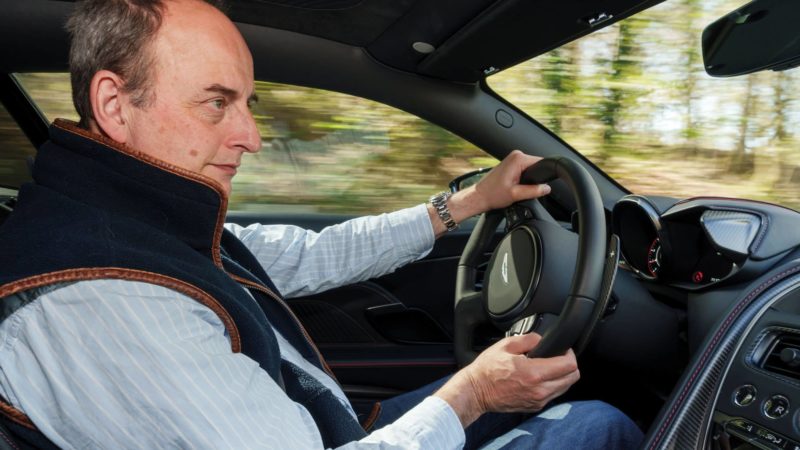
Sweeping changes to the gearbox, throttle and suspension have greatly improved the driving experience
Max Earey
That said, the power upgrade is really not that important. Even before the power hike the car was at the limit of what it could reasonably be expected to cope with. Far more valuable is what it lacks, which is overwhelming low-down torque in the lower gears. It’s all there, of course, but now sensibly held back by that engine mapping until there’s a better than zero chance of the car actually being able to transmit it to the road. Yes, it will still trigger the traction control in first, second and third gears on a smooth, straight, dry road, but that sense of the car being perpetually reined in by its safety systems has been greatly decreased, even if not entirely eliminated.
It’s better in the corners too: more accurate, more reassuring even though the standard car is hardly treacherous, with better feel too. It’s still more of a GT than an out-and-out sports car like the aforementioned 812, but it’s so much more adept at dealing with its power that mild frustration I always felt when trying to row a DBS along a decent road is now notable only by its absence.
More than anything, it’s what you’re not aware of that counts, principally having to manage the power on a moment-by-moment basis. It gives you freedom to drive the way you want, not the way its limitations command that you must.
But perhaps the best thing about the 770 is that none of that old DBS charm has been lost. Indeed because this is now a more capable, less limited car to drive, its underlying character shines through even more strongly. It’s a car with a feel to it that is perhaps uniquely Aston Martin, and which has been that way since the late 1970s and the introduction of the original V8 Vantage. I drove one a few weeks ago and revelled in the way it combined a slightly but not wildly overpowered engine at one end with a fractionally overworked rear axle driving it at the other. Enough excess to feel truly indulgent, but stopping well short of proving frustrating.
It’s a fine balance to strike and I hope the company finds it again with the car that replaces the DBS, whatever it is called. For that luxuriant sense of just a little more power than a beautiful, capable grand touring car can cope with, without it ever seeming gratuitous of needlessly excessive is, to me, the very essence of Aston Martin.

In this spot last month I reviewed the new electric Peugeot 3008 and now, hot on its heels, comes its deadliest rival, domestic or otherwise. As regulars will be aware,…
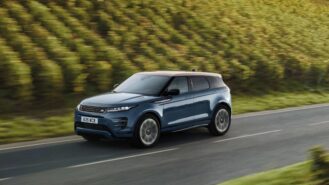
If you look at the Land Rover LRX concept from 2008 and this Range Rover Evoque, you’ll be left in no doubt what a debt the latter owes the former.…
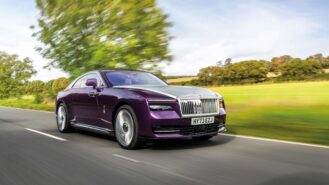
Back in 2011 Rolls-Royce announced that it had made an electric car. Just one, mind, to canvass the views of current and prospective customers and those of a small number…
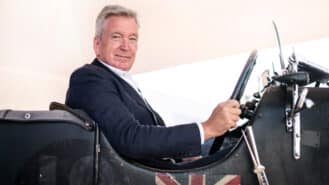
I’m always quite nervous when it comes writing about industry stories, largely because I think they are of far greater interest to nosey hacks like me who know some of…
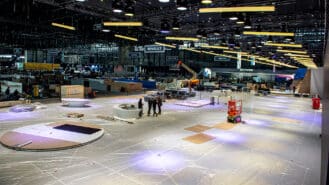
Five years ago, missing the Geneva Motor Show was virtually unthinkable for any major car manufacturer. This year’s list of exhibitors is embarrassingly full of largely unknown brands. Andrew Frankel looks behind the staggering demise
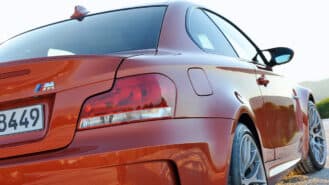
Searching for the pinnacle of motor car production, Andrew Frankel winds the clock back 14 years to ‘peak car’. We just didn’t know this was as good as it was ever going to get
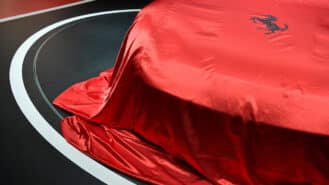
The electric revolution is set to continue in 2024, with a new MG roadster, Porsche’s battery-powered Macan, and Renault’s fun-focused 5. But the combustion engine will continue roaring too, says Andrew Frankel, thanks to supercar makers and a rare BMW M5 Touring
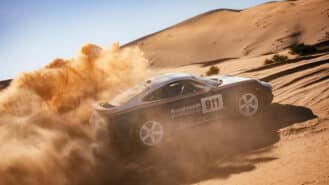
It was a year dominated by new electric car launches — too many of which were lacklustre. But among the cars that over-promised and underdelivered, Andrew Frankel found some gems — both battery- and petrol-powered
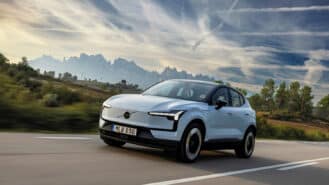
This is the most important new Volvo in years. Decades possibly. At least to Volvo. The EX30 is Volvo’s first crack at the compact crossover EV market, a sector that…
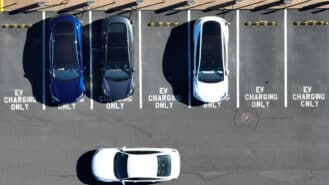
The car industry is ploughing billions of pounds into electric cars but sales declined among private buyers in September. Andrew Frankel puts his finger on the problem

Remember Jaguar? Time was when it was the pride of the nation, and even in more recent times it’s made some fine cars among a few frankly undeniable clunkers. When…
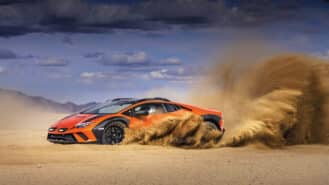
I try hard, as hard as I can, not to pre-judge cars. Let them stand or fall on their own merits rather than your preconceptions of how they’re likely to…